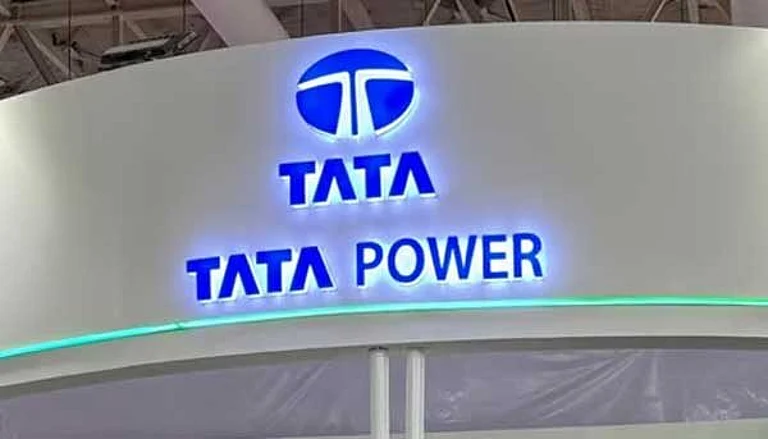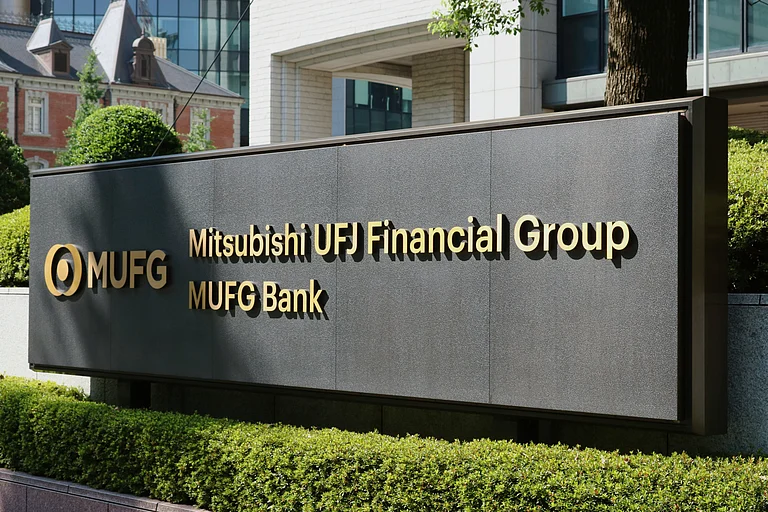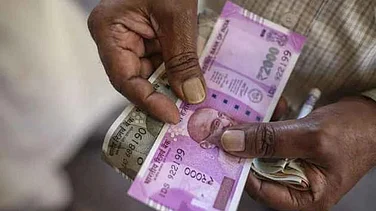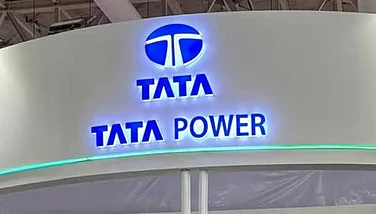The State Bank of India on Wednesday unveiled guidelines to prevent phishing attacks. Phishing is among the major type of banking fraud globally. According to the research firm Statista, the Reserve Bank of India reported a total of 7,400 cases of banking frauds in India in 2021, amounting to Rs 1.38 lakh crore. Banks all over the world, are making efforts to reduce such attacks. However, due to a lack of knowledge about such attacks, the public easily falls prey to such banking fraud.
What Is Phishing?
In general terms, Phishing is sharing of fabricated information by fraudsters to bank customers in the form of fake e-mails, text messages, and websites. Commonly termed brand spoofing, the emails, messages and websites are designed in such a manner that they resemble businesses, financial institutions and government agencies, with ill intent to collect personal, financial and sensitive information. The phishing email or message usually asks the customer to click on a link provided in the fake mail. Once the customer clicks on the link, he/she gets directed to the fake website that looks similar to the original one. In the fake website, the customer is asked to update personal information such as passwords, credit card accounts numbers, bank account details and other personal information. After the customer provides the details, and click on the ‘submit’ button, an error page appears. This error page reflects that the customer has fallen prey to the phishing attempt. Often the email shared by the fraudsters promises rewards for compliance in order to lure the customer.
Practices To Avoid Phishing Attacks
- If the customer has received a mail from an unexpected source, that asks them to click on the link, it is highly possible that the link contains malicious content or is an attempt to phish the customer.
- The customer should also avoid sharing personal information, such as passwords, personal account numbers, bank details. Such details are strictly confidential and even banking personnel do not have access to such information.
- Before logging into any website, check the URL of the site. If the text is ‘https://’ and is not ‘http://’ then it means that the website uses encryption and is an authentic website. The ‘s’ in ‘https://’ stands for secured.
- Before providing any details, it is always safe to call the bank or banking personnel to confirm if the email or message is initiated by them.
- Updating the passwords regularly and installing anti-virus software, spyware filters, email filters and firewall programs also helps in avoiding phishing attacks.
- Regularly checking on the bank, credit and debit card statements helps in ensuring that legitimate transactions have been made.
- In case the customer has accidentally been phished, contact the bank, financial institution or credit card company immediately.
- Always report phishing to http://report.phishing@sbi.co.in
- The customers should check bank statements to ensure that it is correct in every aspect.
For more details about phishing login to: https://www.onlinesbi.com/personal/aboutphishing http://htmlhttps://www.onlinesbi.com/personal/safe_online_banking.html































